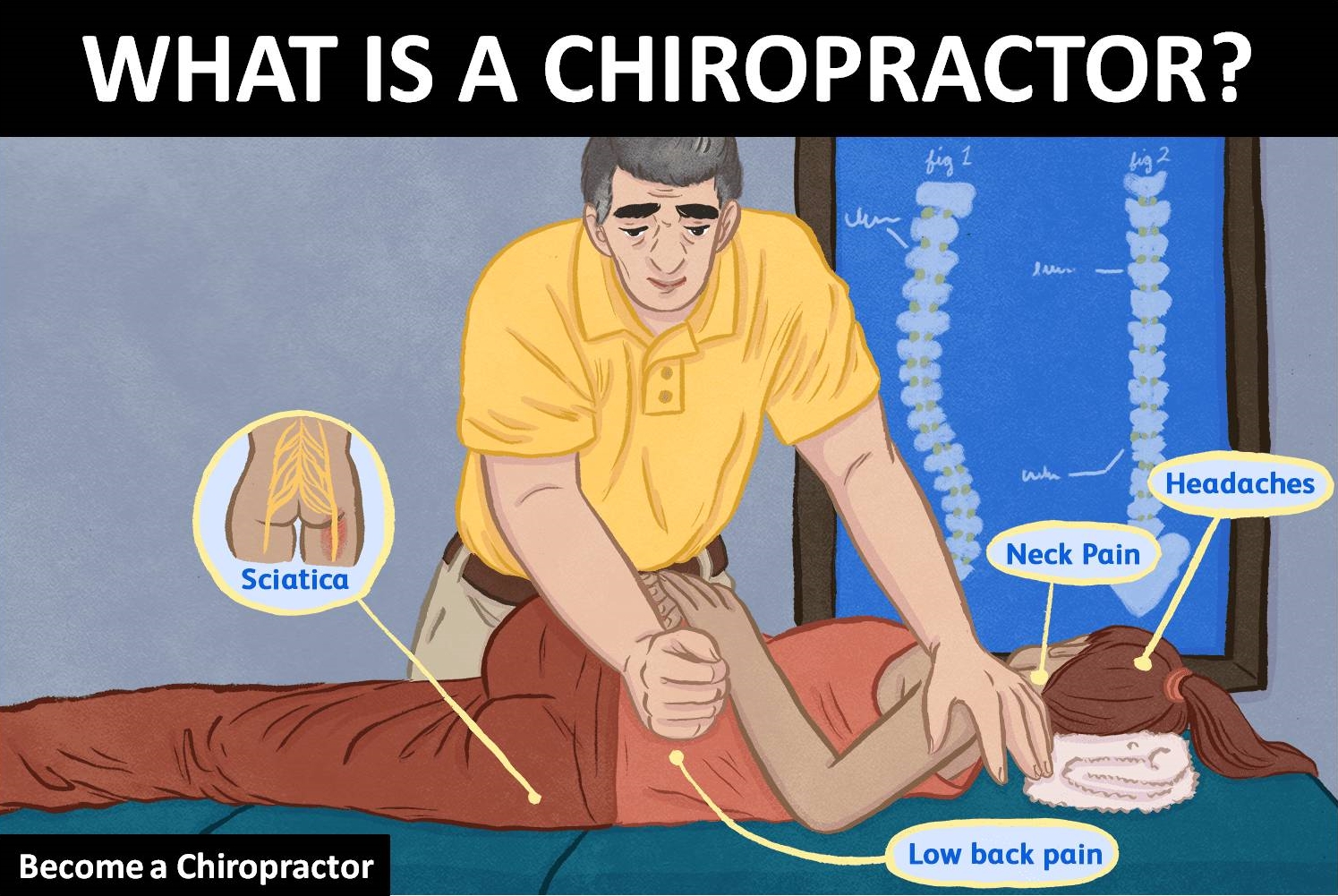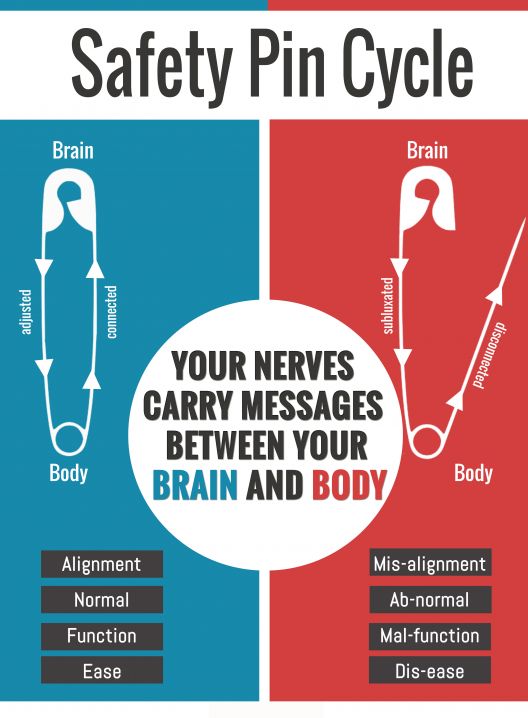Debunking Myths and Embracing Facts: Are Chiropractors Safe?
Are chiropractors safe? Chiropractic care has become a widely sought-after alternative in the realm of healthcare, offering non-invasive and drug-free approaches to address various musculoskeletal issues. As the popularity of chiropractic treatments continues to grow, so does the curiosity and concern surrounding the safety of chiropractors’ practices. In this blog post, we will delve into the safety aspects of chiropractic care, addressing common myths, exploring the evidence, and providing a balanced view on whether chiropractors are safe practitioners.
What is a Chiropractor?

A chiropractor is a doctor who provides care to patients by adjusting their spines to treat neuromuscular disorders. Chiropractors believe that many health problems come from issues with muscles and bones in the body. They manipulate the spines of patients to relieve pain and other symptoms. People use chiropractors to treat back issues or joint pain, and many visit them for help with allergies, digestive disorders and other problems.
Chiropractors: Highly Trained Medical Professionals
Chiropractors are highly-trained medical professionals who must possess an undergraduate degree, undergo four years of specialized training to earn a Doctor of Chiropractic (DC) degree, pass a number of national exams, and earn state licensure.
How Chiropractic Works?

Chiropractic is based upon the understanding that good health depends, in part, upon a normally functioning nervous system. Chiropractic works by helping to restore your own inborn ability to be healthy. When under the proper control of your nervous system, all the cells, tissue, and organs of your body are designed to function well and resist disease and ill health. The Chiropractic approach to better health is to locate and help reduce interferences to your natural state of being healthy.
Why Become a Chiropractor?

Generally, careers in the healthcare field are associated with unapologetically long hours, high-pressure situations, and an overall demanding work-life balance. But the chiropractic field can be the exception. Chiropractors often work 40-hour work weeks in climate-controlled offices that are quiet and welcoming. Numerous nationwide studies performed over the last 30 years reveal that chiropractors have very high patient satisfaction rates, and patients have shown to seek chiropractic care over other healthcare professionals. Chiropractic is also on the top 25 list of “Professions with the Best Job Security,” according to U.S. News and World Report.
Common Techniques Used by Chiropractors

Chiropractors use a range of techniques to address spinal misalignments and promote overall wellness. Some of the common techniques include:
- Spinal Adjustments: Chiropractors often perform spinal adjustments or manipulations, using precise force to realign the spine. This is believed to restore proper joint mobility and alleviate pain.
- Soft Tissue Manipulation: Chiropractors may employ soft tissue manipulation techniques, such as massage or stretching, to address muscle tension and improve flexibility.
- Exercise Prescription: Chiropractors often prescribe specific exercises to strengthen muscles, improve posture, and enhance overall musculoskeletal health.
Lifestyle and Nutritional Counseling: Chiropractors may offer advice on lifestyle factors, including ergonomics and nutrition, to support patients in maintaining a healthy spine and overall well-being.
Addressing Safety Concerns: Evidence-Based Perspectives

Addressing safety concerns in chiropractic care involves considering evidence-based perspectives to provide a well-rounded understanding of the profession’s safety profile. Chiropractors, as healthcare professionals, acknowledge the importance of evidence-based practices and continually engage with research to enhance patient care.
Here, we explore evidence-based perspectives on safety concerns often associated with chiropractic care:
Spinal Adjustments and Stroke Risk: One of the most cited concerns regarding chiropractic care is the potential risk of stroke associated with cervical (neck) spinal adjustments. Research studies have investigated this issue, and while there is some association between neck manipulation and stroke, the risk appears to be extremely low. The overall consensus is that the benefits of spinal adjustments often outweigh the minimal risk, especially when performed by a qualified and experienced chiropractor.
- Patient Screening and Case History: Chiropractors typically conduct thorough patient assessments, including medical history and diagnostic tests, before administering any treatments. This helps identify any contraindications or underlying health issues that might affect the safety of chiropractic interventions.
- Adverse Events and Side Effects: Like any medical or therapeutic intervention, chiropractic care may have potential side effects or adverse events. However, serious complications are exceedingly rare. Mild side effects such as soreness or stiffness are more common and usually temporary.
Patient Education and Informed Consent: A key aspect of ensuring safety in chiropractic care is patient education. Chiropractors are expected to communicate effectively with their patients, explaining the proposed treatments, potential risks, and expected outcomes. Informed consent is crucial to empower patients to make educated decisions about their healthcare.
How much does a Chiropractor make in the United States?

The average Chiropractor salary in the United States is $160,110 as of January 26, 2023, but the range typically falls between $136,050 and $220,719. Salary ranges can vary widely depending on many important factors, including education, certifications, additional skills, the number of years you have spent in your profession. With more online, real-time compensation data than any other website, Salary.com helps you determine your exact pay target.
The Role of Chiropractic Regulation and Licensing

Are Chiropractors Safe? Chiropractors are regulated healthcare professionals in many countries, and obtaining a license typically requires rigorous education and training. Regulatory bodies establish standards of practice and ethical guidelines, contributing to the overall safety of chiropractic care. Patients are encouraged to seek care from licensed and reputable chiropractors to ensure a higher level of professionalism and competence.
The Importance of Choosing a Qualified Chiropractor

Chiropractic care, with its focus on the musculoskeletal system and holistic well-being, has gained popularity as a complementary healthcare option. However, the effectiveness and safety of chiropractic treatments largely depend on the qualifications and expertise of the chiropractor providing the care. In this discussion, we will delve into the critical importance of choosing a qualified chiropractor for ensuring safe and effective treatments.
- Education and Training: Ensure that the chiropractor has completed a recognized chiropractic program and obtained the necessary licensure. Additional certifications or postgraduate training in specific areas can also indicate expertise.
- Experience: Consider the chiropractor’s years of experience and whether they have successfully treated similar conditions. Experience often correlates with a deeper understanding of patient needs and effective treatment strategies.
- Patient Reviews and Testimonials: Reading reviews from other patients can provide insights into the chiropractor’s approach, communication style, and effectiveness. Positive testimonials may indicate a high level of patient satisfaction and safety.
Consultation and Communication: A reputable chiropractor will conduct a thorough consultation, listen to the patient’s concerns, and explain the proposed treatment plan. Clear communication fosters trust and ensures that patients are well-informed about their care.
Conclusion: Are Chiropractors Safe?

Are Chiropractors Safe? In conclusion, the safety of chiropractic care is a nuanced topic that requires a balanced perspective. While concerns exist, evidence suggests that when administered by qualified professionals, chiropractic care is generally safe and can offer effective solutions for various musculoskeletal issues. Patients play a crucial role in their safety by choosing licensed and reputable chiropractors, actively participating in their healthcare decisions, and communicating openly with their healthcare providers. As with any medical decision, it’s essential to weigh the potential benefits against the risks and make informed choices that align with individual health goals and preferences.
BEST CHIROPRACTOR NEAR ME IN ORLANDO, FLORIDA

CALL NOW +1-407-434-7246
If you have suffered any type of injury or have been experiencing pain that just won’t go away regardless of what you do, then all you have to do is call and speak with our friendly staff. Find Best Sciatica Chiropractor in Orlando, Florida. Our team can help you get the treatment you need and ensure that the pain you experience is alleviated – once and for all.
We are proud to serve the areas of Orlando, Altamonte Springs, Haines City, Plant City, Kissimmee, Winter Haven, and Ocala.
Contact us for Chiropractor near me in Orlando, Florida for an Appointment Today.
Are chiropractic adjustments good for you?
There are several benefits of a chiropractic adjustment including: Helps minimize migraines and neck-related headaches. Improves your posture. Reduces pain and improves range of motion of your spine and other joints.
Is a chiropractor a good idea?
Research has found that chiropractic adjustments may be an effective treatment for various forms of neck or back pain.
What is the difference between a physiotherapist and a chiropractor?
Chiropractic focuses mainly on the musculoskeletal system and uses manual manipulation techniques, whereas physiotherapy focuses on physical impairments and disabilities and uses a variety of techniques, including exercise and manual therapy, to improve physical function.
How do I know if I need a chiropractor?
If you have been experiencing persistent muscle pain, such as in your back, legs, and neck, it is recommended to seek the services of a chiropractor. They can help identify the muscular condition or understand any issues with your joints' mobility.
What is better for back pain massage or chiropractor?
However, the key difference lies in their specialties: chiropractic care is ideal for treating musculoskeletal ailments such as back pain and neck pain while massage therapy is focused on improving circulation and relaxation.


